Diver Dave Rite from Australia build his complete ECCR by himself, inclusing electronics and booster!
OK, here is a fine building plan for a fully closed circuit rebreather. This page gives you tons of information. Please beware that most homebuilders are highly experienced divers, technicians, specialists in AutoCad, mechanical engineers, and educated rebreather divers. So don’t even think buying some PVC glue some piping, and start to built it in an afternoon. On the other hand people need these articles to obtain the know how to finally built there own. So have fun reading this great story. If you just want to read about diving the Meggol click here
Later in 2004 Dave managed to further improve his rebreather and build a complete ECCR. Here you find the story!
Janwillem
BUILD YOUR OWN REBREATHER AND LIVE TO TELL YOUR FRIENDS
Article by Dave the homebuilderEditing and publishing: J.W. Bech
http://www.therebreathersite.nl
Towards the end of 1999 I came to the decision that I needed a rebreather to continue the type of diving that interests me, with the costs of helium getting out of hand for open circuit diving and the general limitations of this system I had a hard think about my options.
After looking at the types of commercially available rebreathers on the market and there price I came to the decision I could not afford one (beggar). So after doing some research in to how the machines work I summed up my resources and decided to build my own.
I have a lathe and mill in the back shed, which haven’t been, used since the lawnmower broke last year, so the decision was made, start building. The unit which I have called the “DAVE-RITE MARK ONE” took two months to build it cost $2000 Australian Dollars, and is working beyond expectations I have been diving with the unit consistly and done some awesome dives. The machine amazes me how well it works.

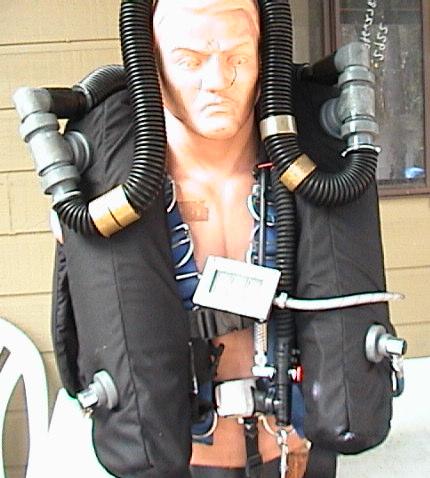


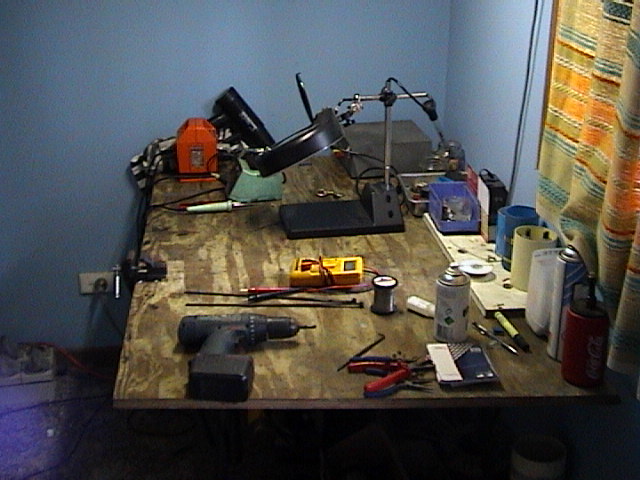
REBREATHER OVERVIEW
There are a whole range and types of rebreathers and for what I wish to do I decided to go for a fully closed unit with twin counter lungs in an over the shoulder counter lung design similar to the inspiration. This design has the advantage if keeping the counter lungs close to your own lungs (hydro pressure center of gravity) “for lack of a better word” as well as reducing the amount of work needed to move gas through the loop. The twin counter lung design also increases the amount of time the gas takes to travel through the scrubber between breaths, which is a good thing.
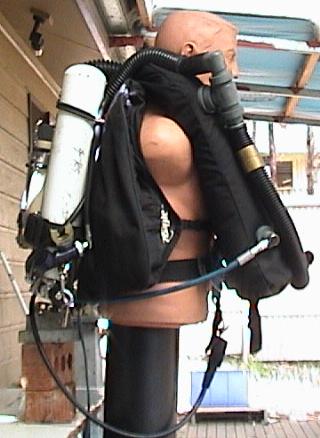
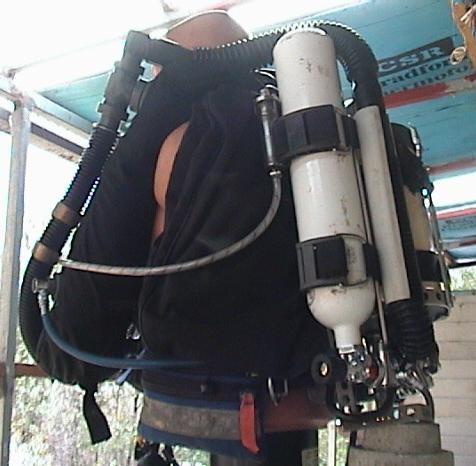
The lungs
The lungs are made from surgical plastic, with welded seams, across the top, down oneSide and across the bottom; this forms a tuff flexible bag 200 * 600 with a capacity of 4liters each. This large capacity gives the unit a good tolerance to flooding and a good degree of user friendliness. The exhalation bag has an over pressure valve in the bottom which also can be used to clear the loop of excess water if needed.The lungs outer bags is made form tuff woven nylon with a Velcro zip, two straps aresown in to the top and bottom with plastic buckles on them which clip on to the backplate over the shoulder on to the waist belt. There is a third strap that clips across the chest and keeps the lungs to gather in front of the body.
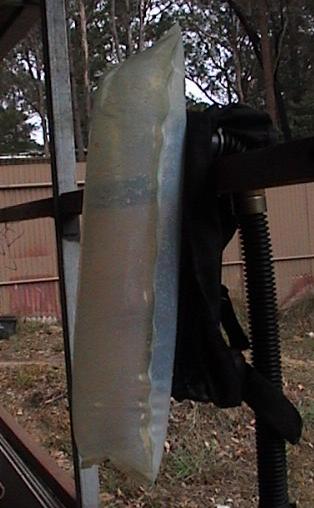
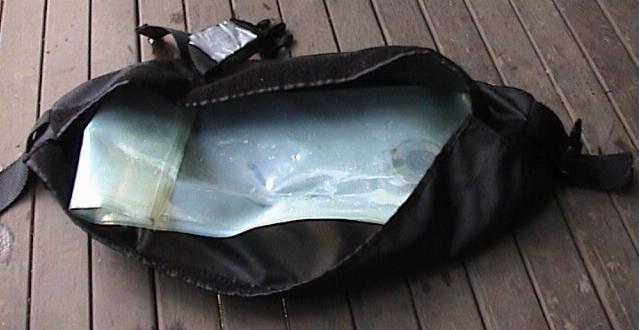
Lung fittings
The lung fittings are machined out of solid PVC bar, a nut and flange arrangement, theinside of the flange has a O-ring grove and O-ring which seals on the inside of the plasticbag. Hose fittings fit down in to the flange part of the fitting and screwed down with a nutthey seal with a fully captured O-ring.
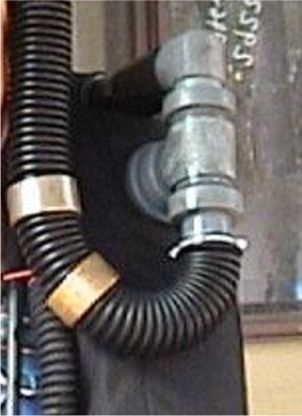
Scrubber overview;
There are two main types of scrubbers redial and axial, they both have advantages anddisadvantages, I chose to build my scrubber on an axial design for compactness and easeof manufacture. For practical use you should be able to dismantle a unit without tools.
Scrubber integrity
The scrubber housing needs to be able to with stand a far amount of abuse, it need to withstand positive pressure of 2.5 bar min with out flying a part. The sealing parts need totolerate sand and other particles and still seal.
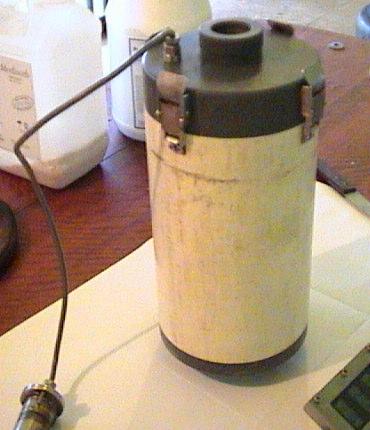
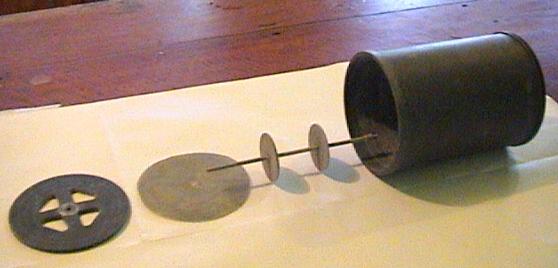
Construction
The scrubber is made in three main parts, outer casing, cap, and inner sleeve,The outer casing is machined out of a piece of high pressure PVC pipe 160 OD * 140 IDThe bottom cap is machined from a solid piece and glued in to the pipe the cap and innersleeve are both turned from sold bar. Inner sleeve internal volume is 1.5 liters 130 dia *190 height. There is a gas space around the inner sleeve and outer casing, which acts asan insulator keeping the unit at near ideal operating temperature.
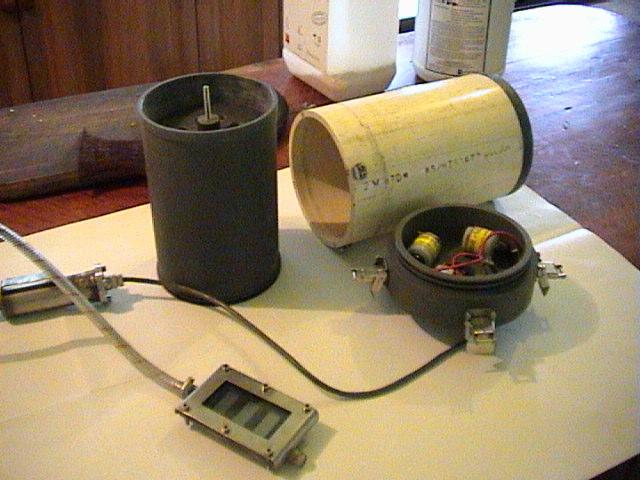
| Material The type of material you use is most important. I built my scrubber out of PVC forIts low cost compared with other engineering plastics, its thermal properties, low waterabsorption PVC will absorb 5% of its mass total so you need to give consideration toallowances when designing mating parts, its has very good machining ability. PVC also has a high resistance to chemical attack PVC can also be glued using loctite 3801 epoxy adhesive. |
| Temperature considerations Scrubbers need to stay worm in cold water the CO2 absorbent is a chemical reactions likeany other, if its gets to cold or to hot when you are diving its all over.I based my design around using medical absorbent for its cost and ease of supply.For example Baralyme (barium hydroxide lime) made by Allied Healthcare ProductsThis product seams to work best around 40˚C to 50˚C once it drops below 40˚C its ability to absorb high partial pressures of CO2 becomes reduced. As the absorbent works it produces a small amount of water which is released as steam, the steam condense out in the upper air space of the scrubber, breathing tubs, counter lungs, so if the scrubber starts to loose to match heat in to the surrounding water the absorbent becomes saturated withcondensation and fails big time. |
| Loop Fittings: Loop fittings are all machined out of solid PVC with fully captured O-rings they are allinterchangeable, they screw together and can rotate through 360 degrees when assembled. |
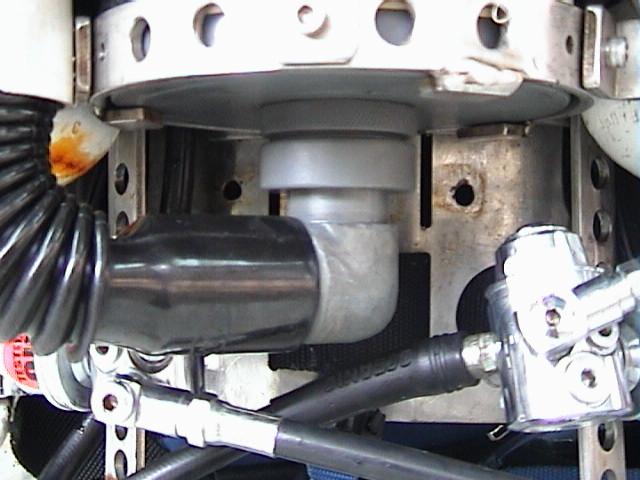
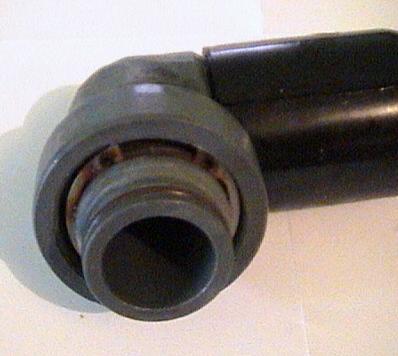
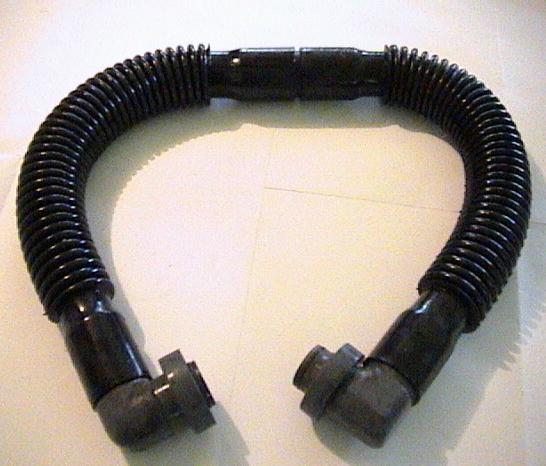

Electronics
This was the hardest part of the job the electrical housing is made from stainless steelwith 6 mm lexane window, a fully captured O-ring seals on all parts except the cable glands which uses a O-ring compression system of my own design.

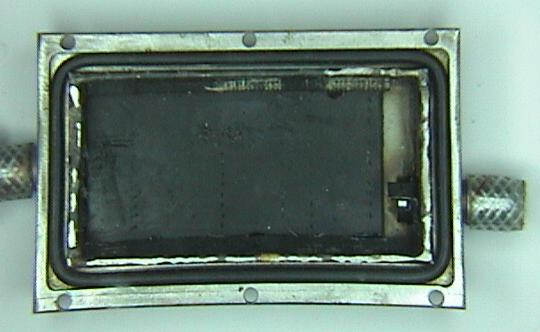
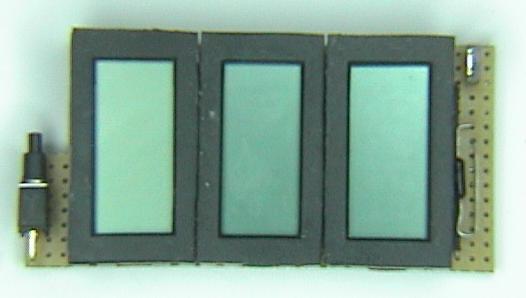
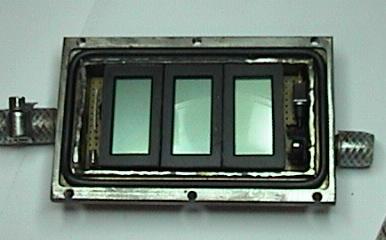
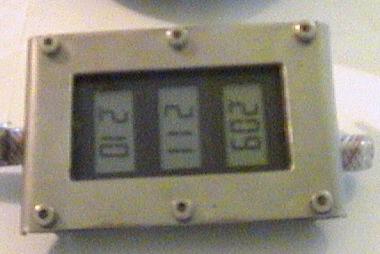


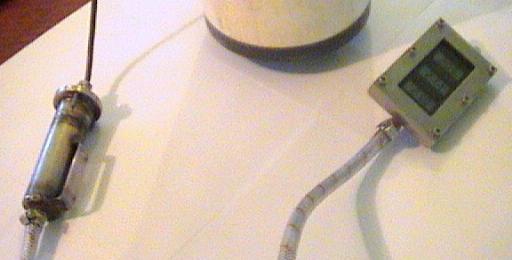
Miscellaneous
Mouthpiece is a Dräger unit. O2 cells are Teledyne R22D. Hoses are boat deck filler hose50mm * 400mm
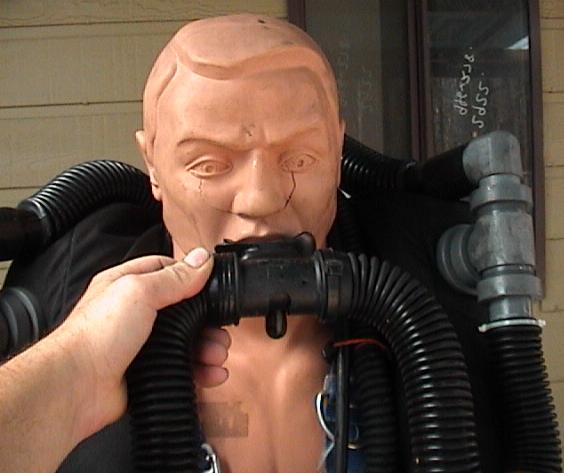
Here are some additional photo’s on the rig about the backpack and the webbing.
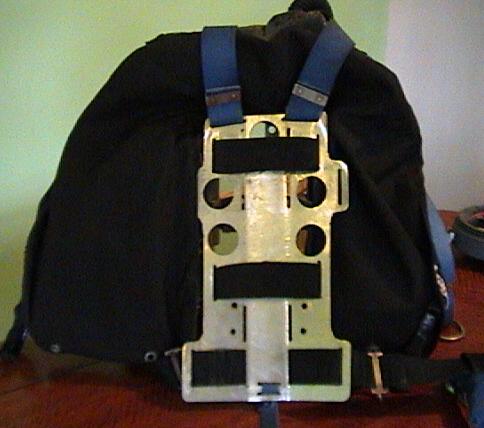

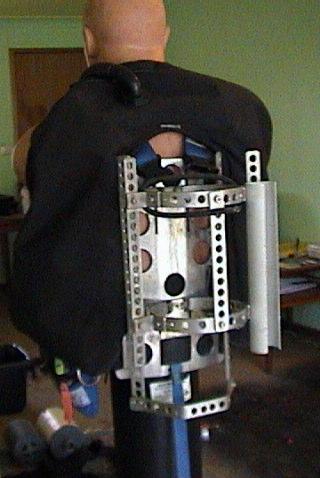
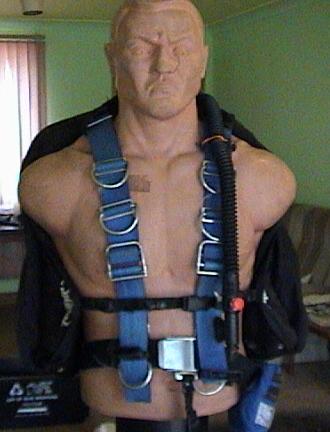
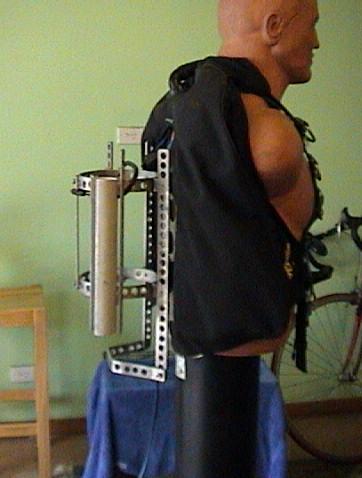
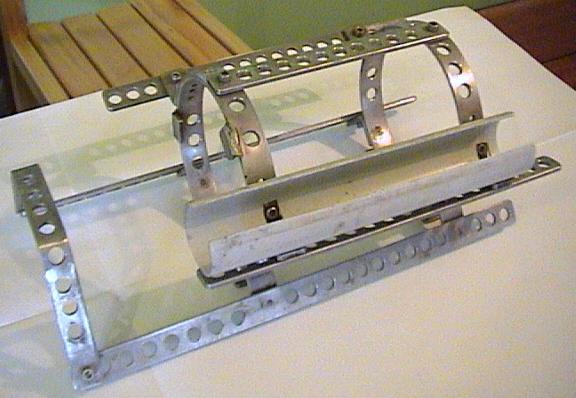
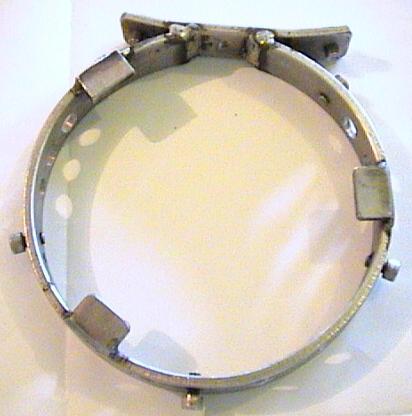

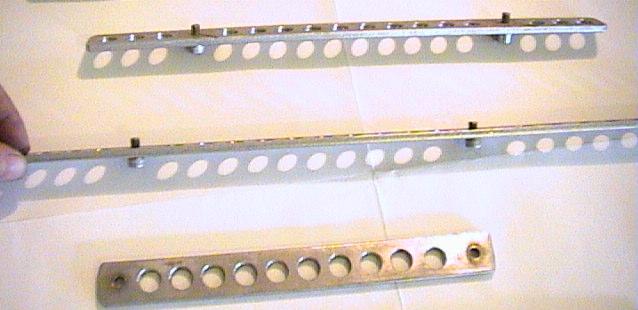
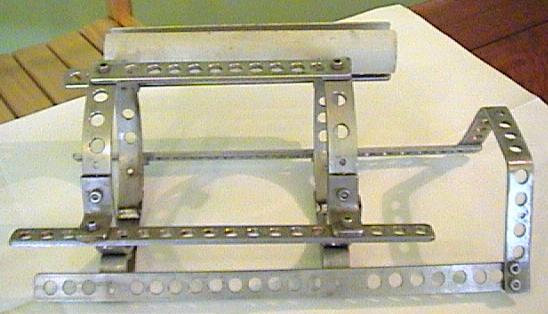
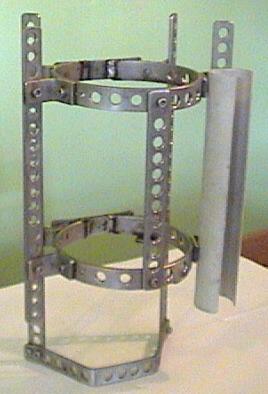
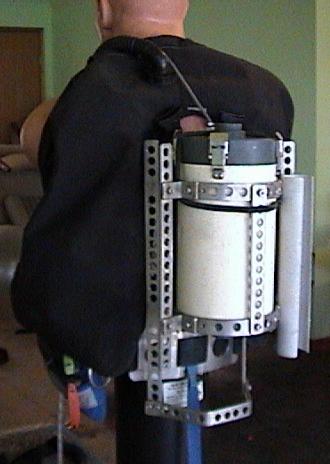
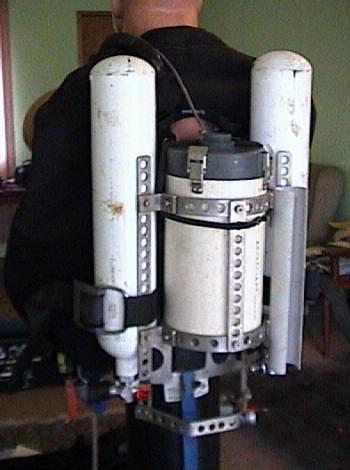
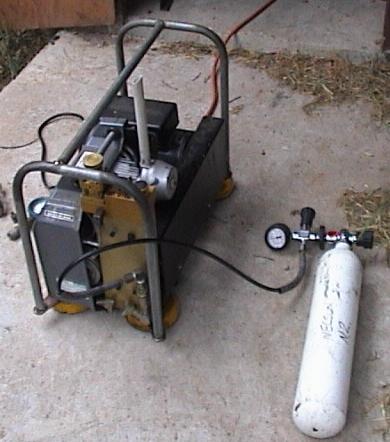
To complete the journey, Dave build his own oxygen booster!

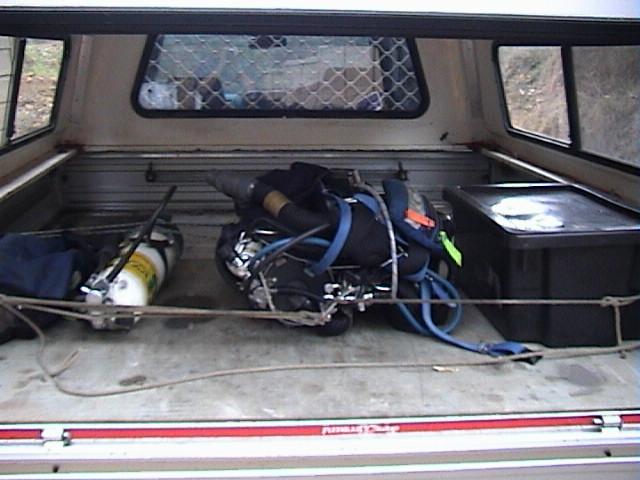
And that’s about it GOOD LUCK
Well, that was a nice story from diver Dave from Australia. Also he was so generous to sent all design drawings available to you! So if you want to use parts of this design, or you want to built a complete CCR rebreather, here’s the design. If you want to buy electronics there are several ‘ready to use’ affordable solutions. If you can’t find any, sent me a line. I hereby post the original AutoCad® Drawings ready for downloading. If you do not own AutoCad®, don’t worry, drop me a line and I will sent you DXF files instead, and a link to free downloadable software which functions as a plug in in your browser to look at these files.
Dave thanks for your contribution, you did a great job. Maybe you could sent us a dive report on a nice Australian shipwreck later, to be added to this article!
Februari 2003 Janwillem Bech
| And here is a nice dive report on diving the rig. |
| Diving the Meggol with the Dave-Rite-MK1 |
| Dive reportWednesday 6.30 AM 5/1/03 Australia |
It was a typical summers morning for Sydney; the sun was climbing over north head to the east and the day was already worm.
Wednesday dives are cruise dives there is normally no more then 4 divers on the boat. As the day unfolded there ended up 7 divers on board 4 CCR divers and 3 OC two of the CCR’s being (Dave-Rite mark one) my self and Russ.
The Dumbar a former British minesweeper renamed the Meggol was purpose sunk to form part of a artificial ref it took 2.5 hours to sink length 231 feet and lies in 48 meters of water.
After a 45 minute boat ride we were over the wreck and picked in first go, time to gear up and in to the water. After getting my kit on a quick self check and I am heading to the side of the boat with 60% o2 in the breather loop, over the side and on my way to the anchor rope. At the anchor rope I check the ppo2 reading .42 dumped the air from my dry suit and BCD and started heading to the bottom. At this point I should say my rebreather is manual add o2. On the way down my right hand is fairy busy adding diluent air to the dry suit, clearing the ears, at about 38 meters down the wreck starts to come in to sight
So on with the brakes (air to the BCD) with a nice soft landing on the bow.
Now a quick check of the ppo2 reading 1.2 not bad a short bust of O2 then get the torch going and on my way. What to do, I started to head to the stern yes I need a bit of practice in getting through man holes so I found the way in to the boiler room it’s a square hole just big to fit my shoulders through. Reached back with my right hand and unclipped my bale out tank from my waist belt and move the tank forward with my legs straight the center of gravity moves forward and the air in the suit runs to my feet putting me a vertical position line up the man hole and head first through. Once through I move the tank back, pull my knees to my chest and back to the horizontal with out even a kick.
Once in I check ppO2 1.1 better add a bit the meters start climbing back to 1.4 with every breath as I look around and make my way down the side of the boilers I think time is taking its toll on her the wrecks are starting to become dangerous or should I say more dangerous. As I come in to the engine room, right now, to get out there is a roof vent
Open over the room it’s a little bit narrow so it’s a careful job to get through again unclip the bottom clip on my bailout tank and keep it in front of my body reach through the vent with my left arm and put my arm pit on the side of the vent opening. With a careful wiggle I start to get through beggar now I am stuck. At times like this my mind goes back to a science fiction move called Dune where young Paul Atrades say to him self “I must not fear for fear is the mind killer” who ever wrote that line is dammed right. After a bit of squirming about I get through check ppO2 1.2 add a bit, check the time 18 minutes no problems I just pop down to the stern and back to the anchor rope. On the way back to the anchor I sight a flash of yellow one of the inspiration boys that’s good they haven’t pulled the anchor yet bag accents are such a pain. After a 20-minute deco I am back on the boat having a cup of sups and talking to the guys. I am looking forward to my next overseas trip to dive the Prince of Wales and the Repulse.
The Dave-Rite is a very user friendly unit to dive great balance and very forgiving I have worked the unit to the limits of my breathing at 20 meters depth with out any sings of co2 hit I am self taught on the unit and simply amazed how well it works.
Happy diving Dave
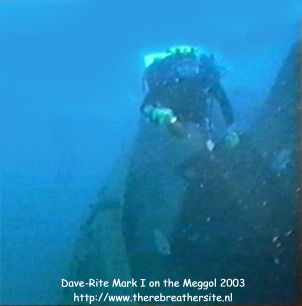
Dave, you’ve done an incredible job building this electronic rebreather including controllers and oxygen booster. Thanks for sharing this fantastic homebuilders journey!

Therebreathersite was founded by Jan Willem Bech in 1999. After a diving career of many years, he decided to start technical diving in 1999. He immediately noticed that at that time there was almost no website that contained the history of closed breathing systems. The start for the website led to a huge collection that offered about 1,300 pages of information until 2019. In 2019, a fresh start was made with the website now freely available online for everyone. Therebreathersite is a source of information for divers, researchers, technicians and students. I hope you enjoy browsing the content!
